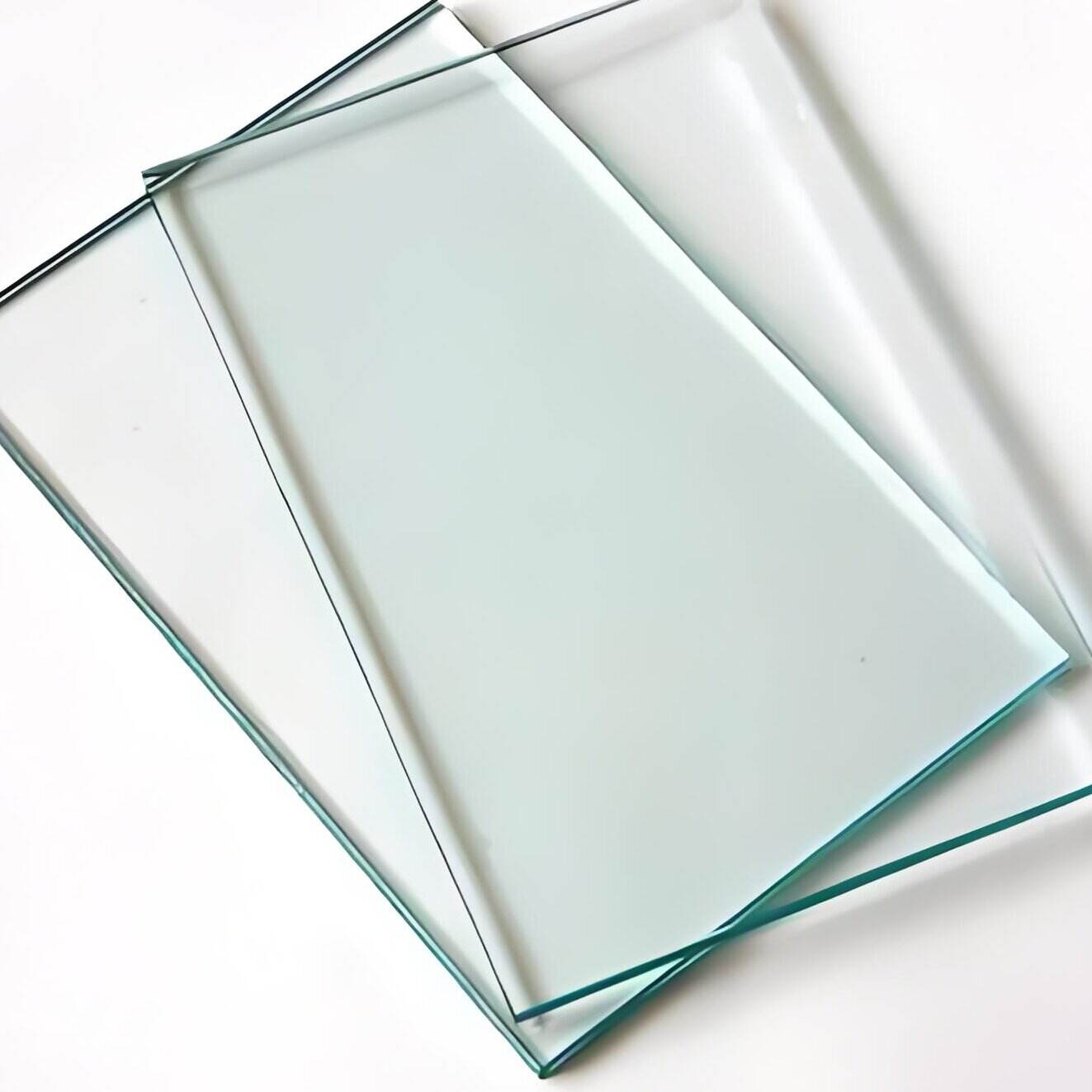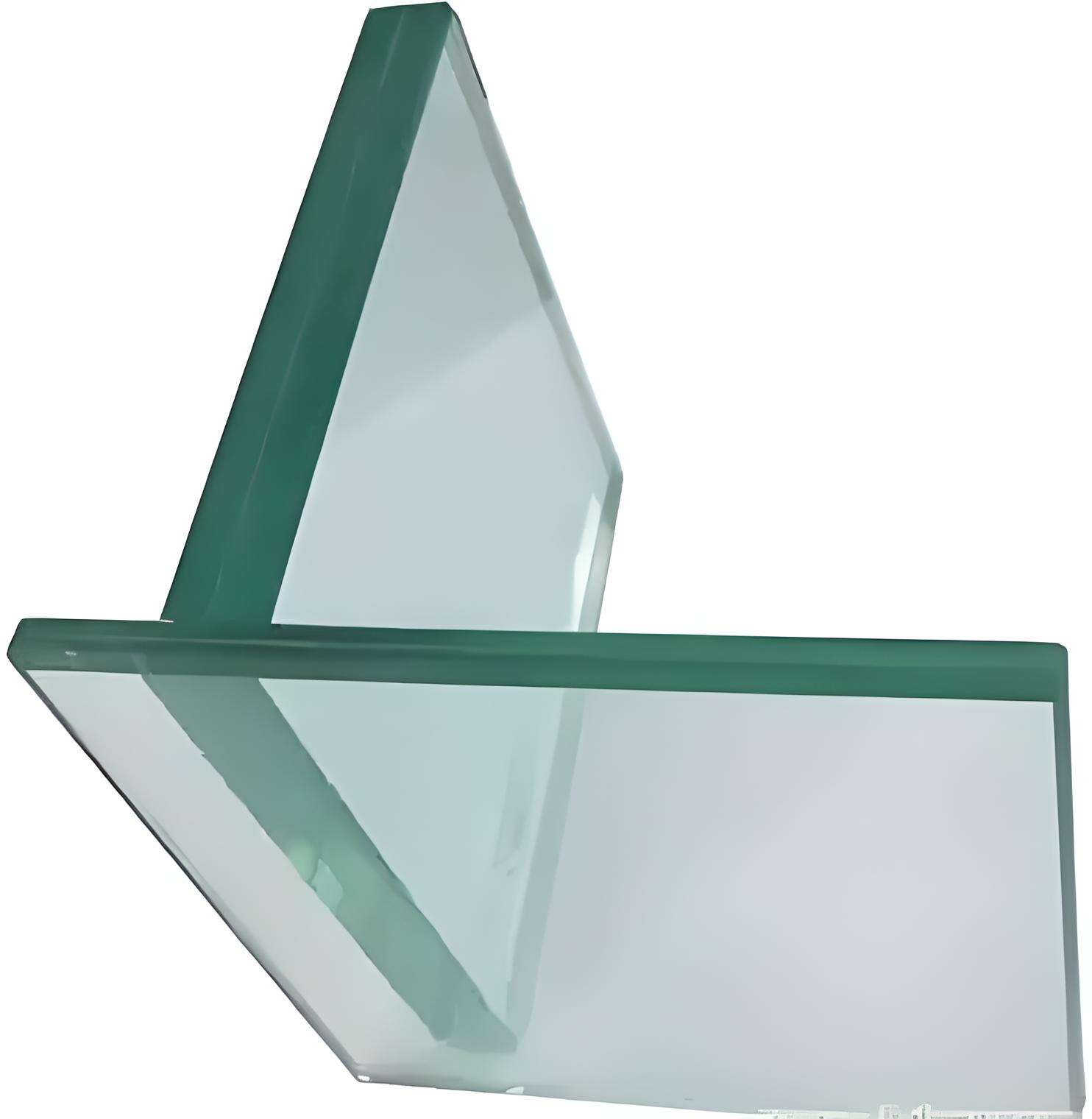cost of low iron glass
The cost of low iron glass represents a significant investment in superior optical clarity and enhanced light transmission. This specialized glass typically commands a premium of 20-30% above standard float glass prices, ranging from $8 to $15 per square foot depending on thickness and specifications. The elevated cost stems from the specialized manufacturing process that reduces iron content to less than 0.01%, compared to 0.1% in standard glass. This reduction dramatically increases light transmission to over 91% and eliminates the characteristic green tinge found in conventional glass. The cost reflects the complex purification processes and advanced technology required to achieve these superior optical properties. Despite the higher initial investment, low iron glass delivers exceptional value in applications where clarity and light transmission are crucial, such as solar panels, high-end architectural projects, and display cases. The pricing structure varies based on factors including thickness (typically available from 2mm to 19mm), size specifications, and quantity ordered, with bulk purchases often qualifying for significant discounts. Manufacturers also factor in additional treatments such as tempering or lamination, which can add $3-5 per square foot to the base cost.


